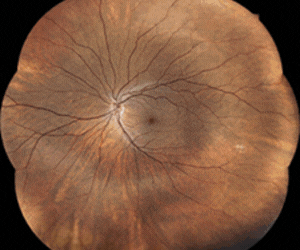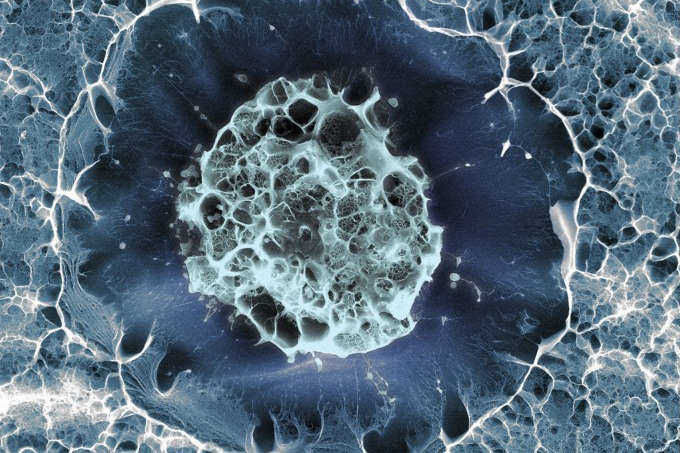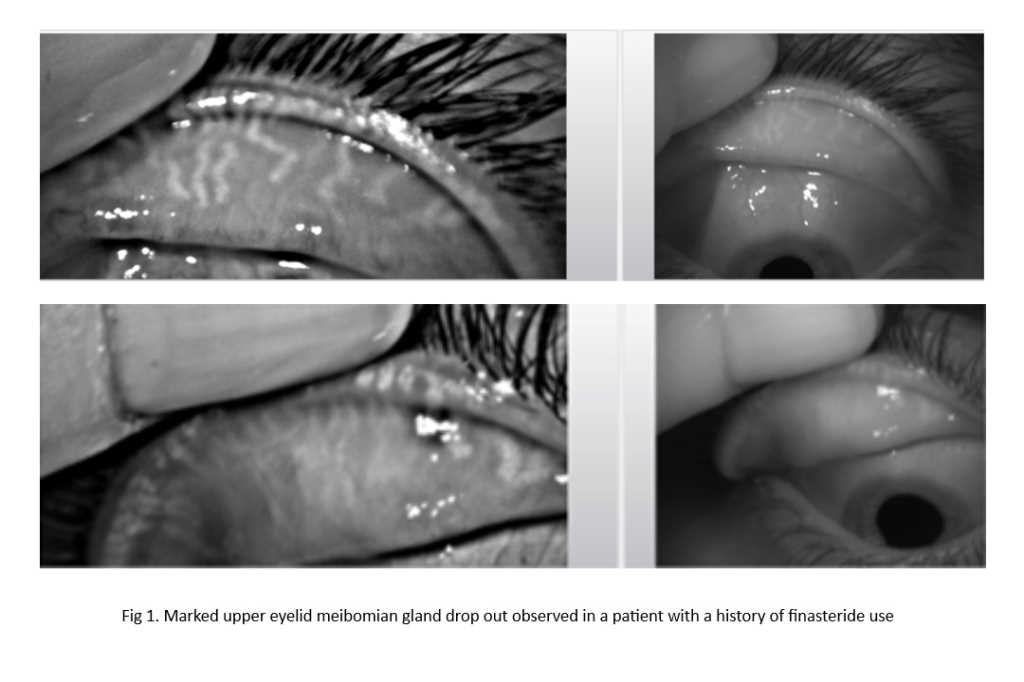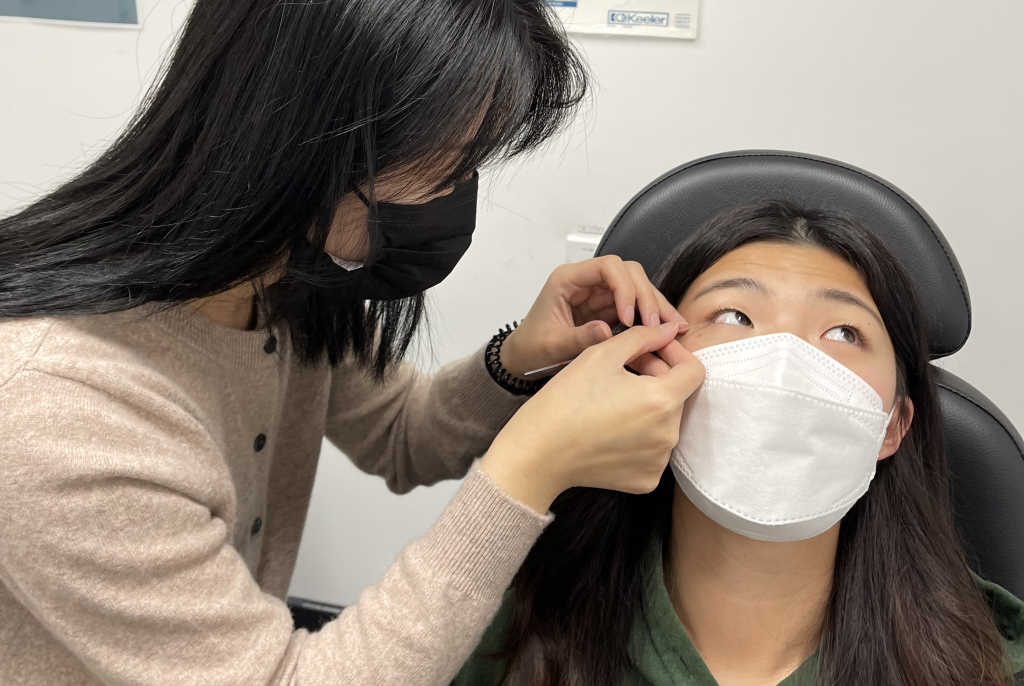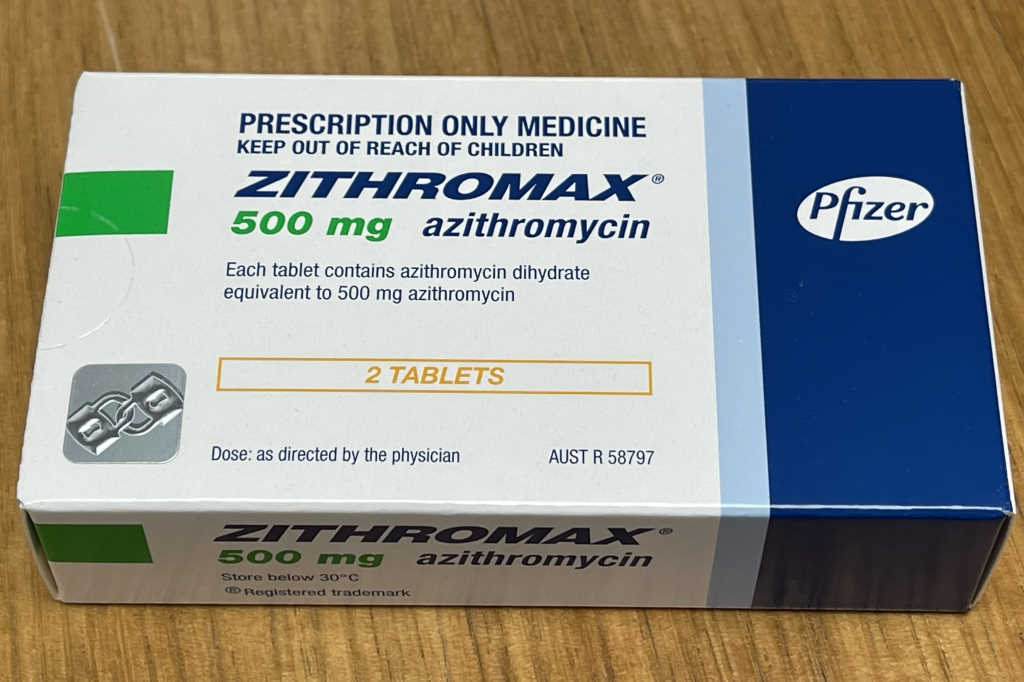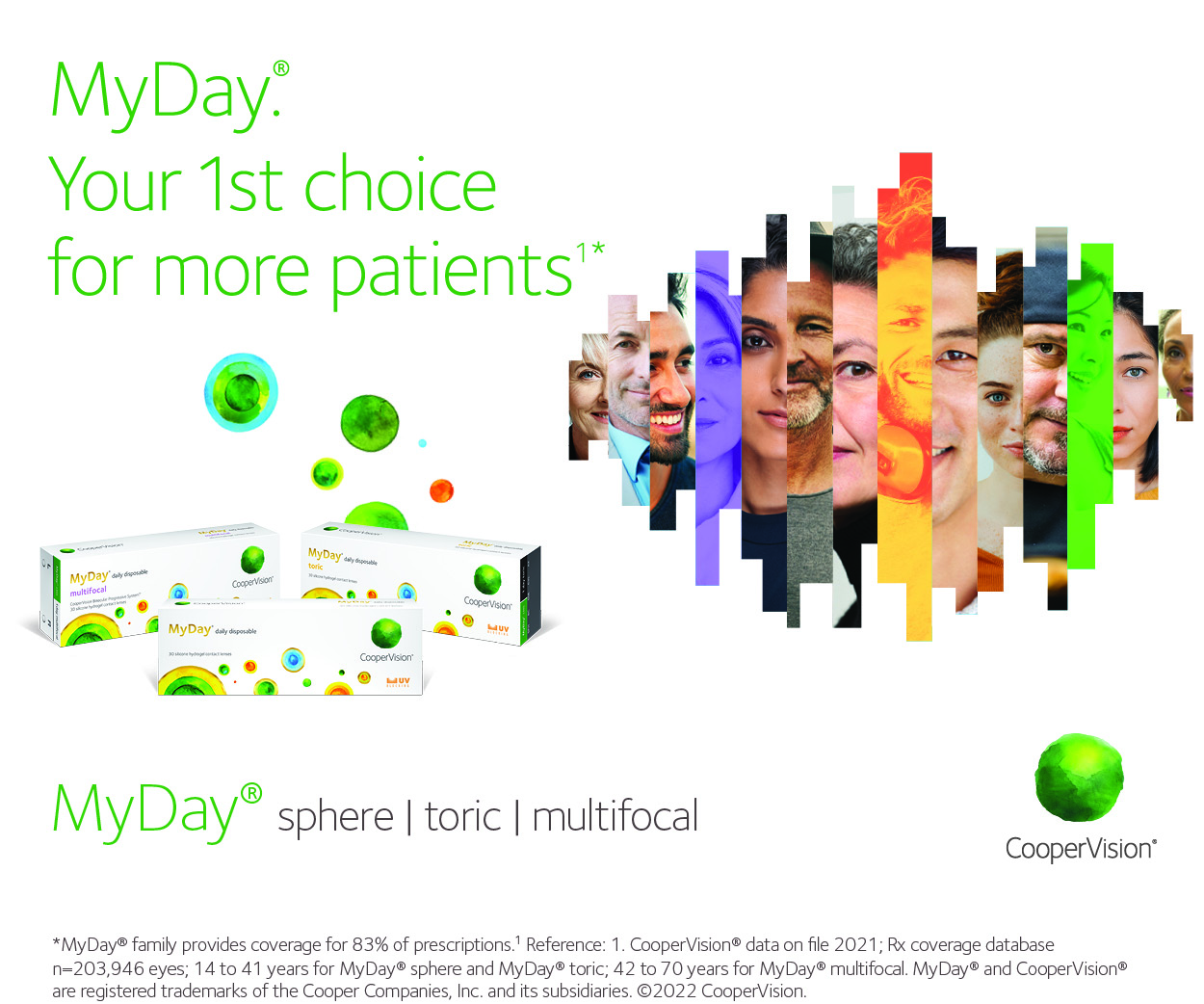Eye lubrication with cadaver stem-cell-derived drops
US researchers improved symptoms in severe dry eye disease (DED) sufferers using a lubricant derived from cultured stem cells from the corneoscleral rim of cadavers.
Led by Dr Sloan Rush at the Panhandle Eye Group, researchers from Texas Tech University Health Sciences Center and Oklahoma Blood Institute reported that ocular surface epithelial cells’ mucin secretions form a hydrophilic barrier protecting and lubricating the eye, with dysfunction in this mechanism proposed as a major contributor in the pathogenesis of DED.
In this study, the team identified seven patients with advanced DED, as defined by Standardised Patient Evaluation of Eye Dryness (SPEED) questionnaire ≥ 14, Ocular Surface Disease Index (OSDI) score ≥ 40 and documented attempt of at least six conventional dry eye therapies. These criteria meant all subjects were female, since males rarely have OSDI scores greater than 40, they noted.
Dosing four times daily with the stem cell-derived supernatant, researchers found the patient-administered drops caused neither adverse events nor significant side effects. Compared with baseline, both the SPEED questionnaire and the visual analogue score (VAS) significantly improved after 12 weeks’ treatment, while OSDI improved by an average of 10.9 points after treatment but was not statistically significant (p=0.1409).






